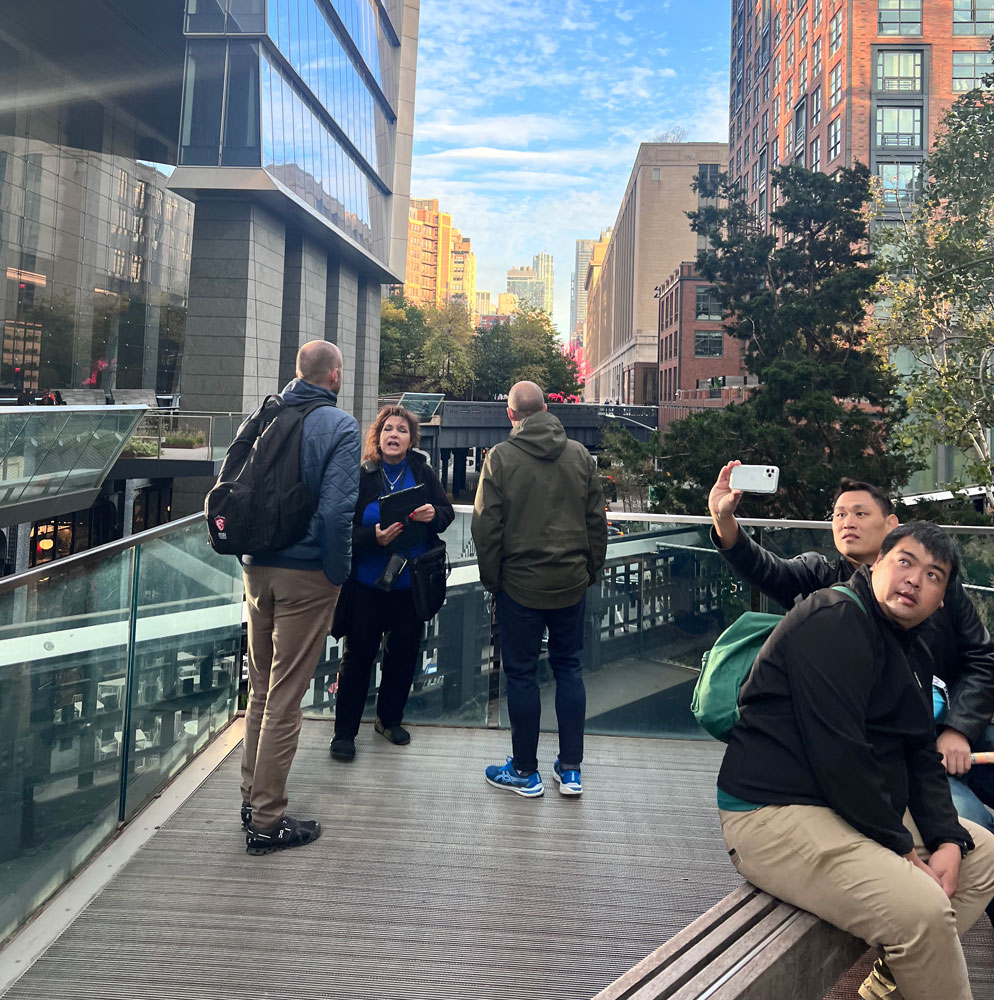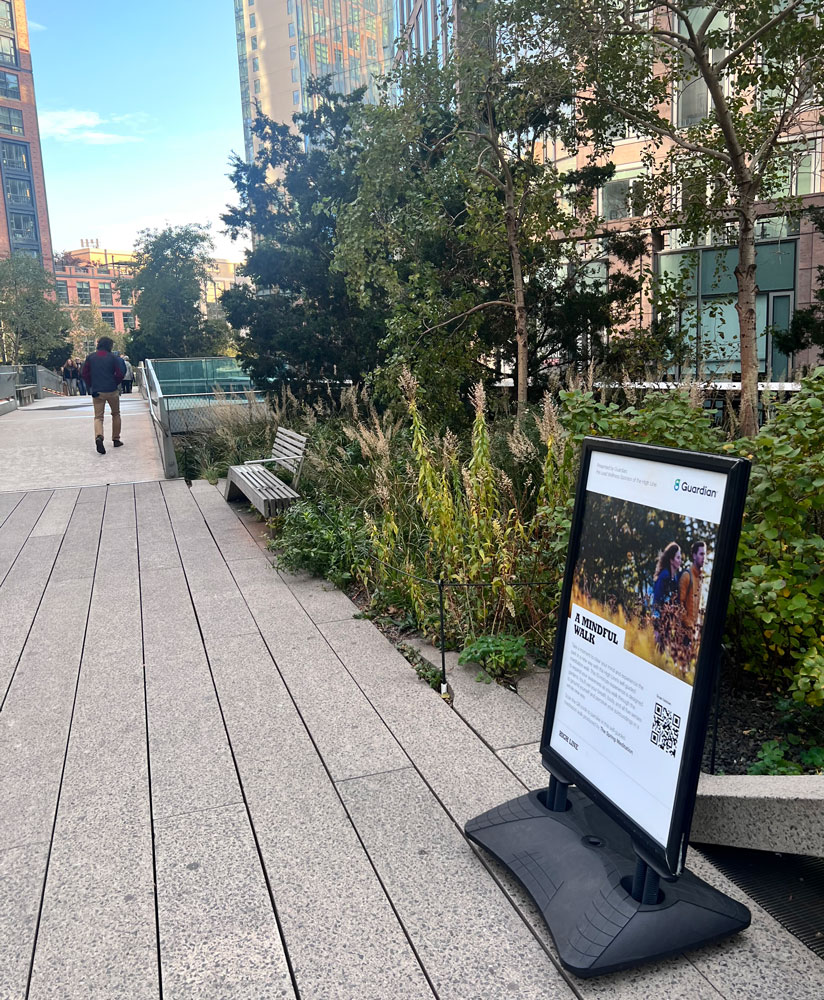
Lousy photo of an entire wall of weird plastic molded fake rocks (which were actually pretty cool) and cut-out trees at the railroad museum. . . Photos like this make me question my sanity. I seriously have no clue what I was pointing my camera at.

Lousy photo of an entire wall of weird plastic molded fake rocks (which were actually pretty cool) and cut-out trees at the railroad museum. . . Photos like this make me question my sanity. I seriously have no clue what I was pointing my camera at.

Tour guide at the railroad museum talks about evil tycoons, segregated rail cars, hobos, and decreasing options in public transportation. Luckily we don’t have to worry about these problems today.


We visited the Marshall Gold Discovery State Historic Park (Sutter’s Mill). For ten bucks, we learned how to pan for gold. Step one was to buy our gear. Step two was to apply hand sanitizer. And step three was to pan for gold. Who knew it was so simple! I’m gonna be rich! Rich!

The moment after James Marshall discovered gold at Sutter’s Mill. . . and the moment before his partners hacked him to pieces. Watch your back, dude!

Legend has it that whoever pulls the shovel from the stone becomes the true divine king of California. . .




My wife visited NYC and strolled down the High Line, so I thought I’d show her pics.
First, I LOVE THE HIGH LINE. It may be my favorite park in the universe. The High Line isn’t just an urban park. Nor is it an attempt at rewilding. Nor is it a simulacrum (although it may be hyperreal). It’s fake nature at its finest. Building a park on an abandoned train platform alleviates all kinds of concerns. You don’t have to sculpt the surroundings to appear more embedded in “nature.” There’s no native wildlife that you have to protect. There’s no worry about invasive species. You can have fake pink trees! In one section they artfully reassembled train tracks to remember the park’s grimy past, and why not? And I love the signs telling people to be “mindful.” Visitors should be aware that the High Line is a meditative, restorative, faux nature experience. Bravo!


It was over 100 degrees at the Tuscon Zoo, and many of the animals, including the brown bear, anteater, sloth, jaguar, and lots of others, were hiding “inside” where they had air conditioning.
I didn’t mind though. The enclosures, although empty, had fantastic fake rocks!


maybe the heat was getting to me, but looking back at my photos from the Tucson Zoo, I found a lot like this. . . I call this, “a study of canopies.”

I was obsessed with this lovely fake rock, and didn’t notice the rhino photobombing. . .